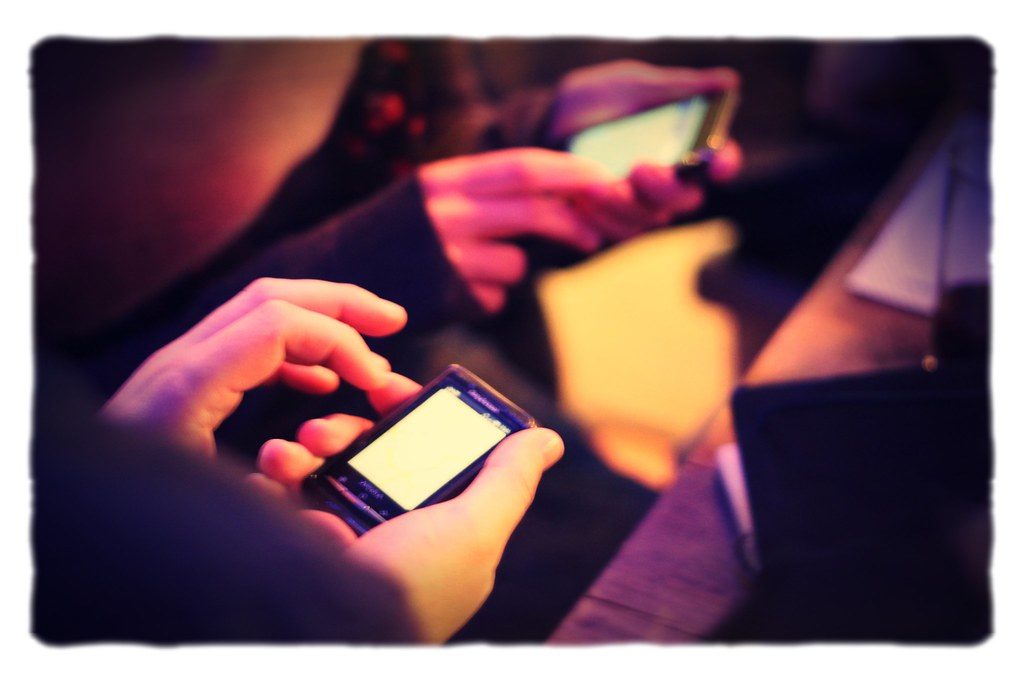This post was updated in July 2022.
Earlier this year, I began carefully monitoring screen time on my iPhone, including texts. I limited my messaging to 45 minutes a day; plenty of time to respond to critical group threads concerning home renovations and tween rebellion. Consciously limiting my screen time has afforded me a certain amount of bragging rights among my peers (whether they were impressed or not).
Luckily for digital marketers, it appears I’m an anomaly. (But then being in my 40s already puts me outside the coveted demographics range. Gen X? Never heard of them.) Studies have found that SMS open rates can be as high as 98% and that roughly 45% of users will actually reply to branded texts. However an estimated 60% of marketers still don’t leverage the SMS platform.
Which begs the question, why would anyone, in a world where a growing number of Americans use smartphones as their primary means of online access, take a pass on SMS marketing and real-time communication with such a captive audience?
A watched phone always dings
Over 80 percent of Americans choose to communicate through text and they check their phones an average of 85 times a day. You may think that’s crazy but what happens when you hear that ding? There’s a Pavlovian response to an SMS tone that would put dogs to shame. In fact, nearly one-third of millennials check their phones at least once every five minutes whether they’re prompted by an alert or not. And responding to a text is almost instantaneous: people typically respond within 90 seconds.
While all these users are obsessively checking their screens or waiting impatiently for their next ding, marketers could be reaping the benefits by, well, dinging. The SMS open rate is 82%. Compare that impressive number to the average email open rate for the marketing industry, at roughly 17%. Email marketing still works but when you look at the consumer landscape and the unprecedented rise in mobile devices, texting is caring.
When someone takes the time to subscribe to your email newsletter, they’re already interested enough in your brand and what you have to say. Similarly people must opt in to receive a branded texts. In that sense, you’re not bothering these subscribers with messages they don’t want to see, as long as you’re adhering to some key best practices.
Can you text me now?
Increasingly marketers are focusing on mobile display advertising (46%) and mobile search (39%). Eighty-eight percent of people surveyed said branded texts were the number one thing they use their phones for. With the right SMS marketing campaign, marketers can successfully target their existing customers one-on-one while attracting new customers. This is just one critical factor for having a bulk messaging strategy in place.
For example, one of the many coffee shops I frequent here in Austin sends me occasional messages saying that the next time I come in, my latte’s $1 off.
I also receive messages from Starbucks reminding me that today is double star day! Come on, Starbucks. You’re Starbucks. You can do better than give me one extra bonus star. So guess which coffee shop I’m going to next with my valuable business? Appeal to your over-caffeinated base and it will come.
And it’s not just me. It’s estimated that consumers redeem SMS-delivered coupons 10 times more than other types of coupons.
So now that you’re convinced you can one-up Starbucks, how do you get started?
Contextually speaking
The two basics of any SMS-marketing campaign are a keyword and a short code. Here’s an example:
Text VELOCITIZE to 12345 to receive the best digital marketing messages of your entire life!
“Velocitize” is the keyword. “12345” is the short code. When you respond to the message, you’ve opted in. Make sure that you’re only sending branded texts to customers who have already opted in. Otherwise it’s spam, possibly illegal and definitely obnoxious.
Here are just some best practices of implementing an SMS campaign:
- Keep it short. Individual text messages are limited to 160 characters so treat the campaign like a tweet, not a blog post.
- Keep it casual. Send no more than one to two messages per week. Don’t be a text stalker.
- Keep it fun. Engage your subscribers with interactive conversations, contests, polls and special offers/promotions.
- Keep it going. While you have their attention, throw in a CTA and include a direct link back to your website.
Gartner predicts that by 2020, 85% of interactions between brands and customers will be managed completely without speaking. That ding may be all you need to hear.
